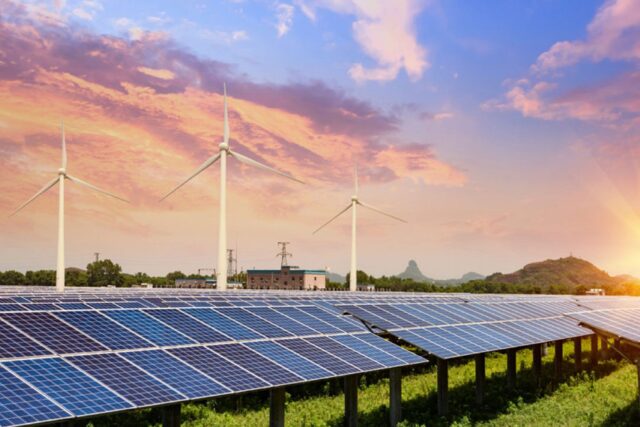In the recent years, India and the United States have strengthened their bilateral relationship in various fields, including clean energy. The advancement of solar technology in both countries has resulted in greater cooperation and support towards renewable energy.

During Indian Prime Minister Narendra Modi's recent visit to the U.S., the leaders discussed the importance of solar energy and its potential to address global climate change. The Prime Minister emphasized the need for collaboration between India and the U.S. to promote sustainable and affordable solar energy solutions.
India is among the fastest growing economies in the world, with a rapidly increasing demand for energy. Hence, the Indian government has set an ambitious target of 175 GW of renewable energy capacity by 2022, out of which 100 GW is planned to come from solar energy. To achieve this target, India has implemented several initiatives, including the International Solar Alliance (ISA) and the Solar Parks scheme. The ISA was launched by Prime Minister Modi in 2015 with the objective of mobilizing over $1 trillion of investments to promote solar energy in developing countries. The Solar Parks scheme aims to establish large-scale solar power installations across the country.
The U.S., similarly, has taken several steps to encourage the use of solar energy. The Solar Investment Tax Credit (ITC) is a federal tax credit that incentivizes the use of solar energy by reducing the cost of solar installations. Additionally, several states offer net metering policies that enable electricity consumers to generate their own solar energy and sell any excess to the grid.
India and the U.S. have collaborated on several solar energy projects, including the U.S.-India Clean Energy Finance (USICEF) Initiative, which seeks to promote clean energy development in India by providing financial support to businesses and entrepreneurs. The National Renewable Energy Laboratory (NREL) in the U.S. has also partnered with the Indian Renewable Energy Development Agency (IREDA) to conduct joint research and development projects in the field of solar energy.
The potential for solar energy in India is immense, with nearly 300 sunny days a year and a vast, untapped market for renewable energy. The U.S. possesses advanced solar technology and has the potential to invest in large-scale solar projects in India. Hence, cooperation and support from the U.S. can help India in achieving its ambitious renewable energy targets.
In conclusion, the Indian government's proactive approach towards solar energy, coupled with the U.S.'s advanced solar technology and financial support, has set the stage for a strong partnership between the two countries in promoting renewable energy. The collaboration between India and the U.S. can set a new benchmark in addressing the challenges of climate change and providing sustainable energy solutions to the world.